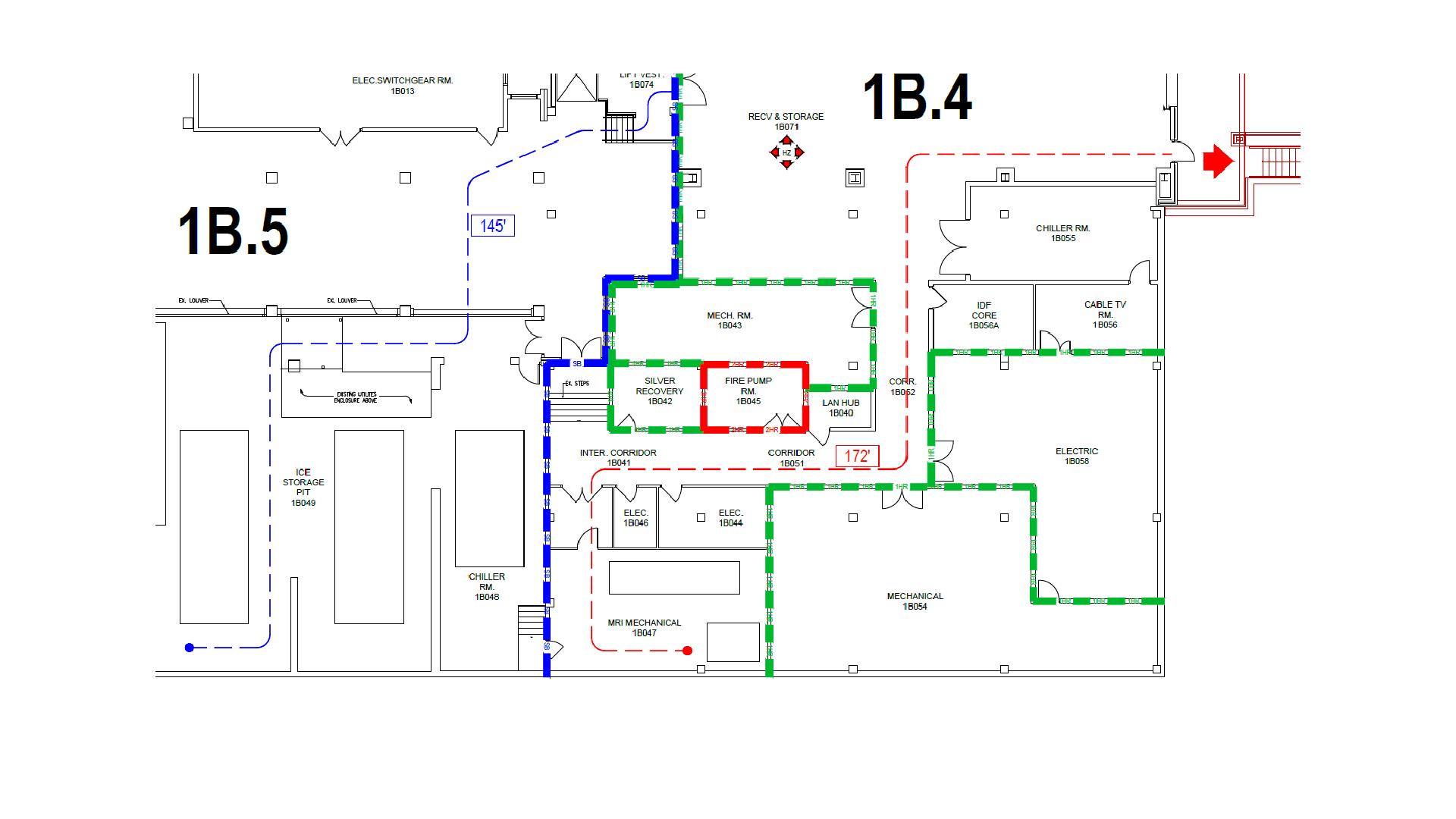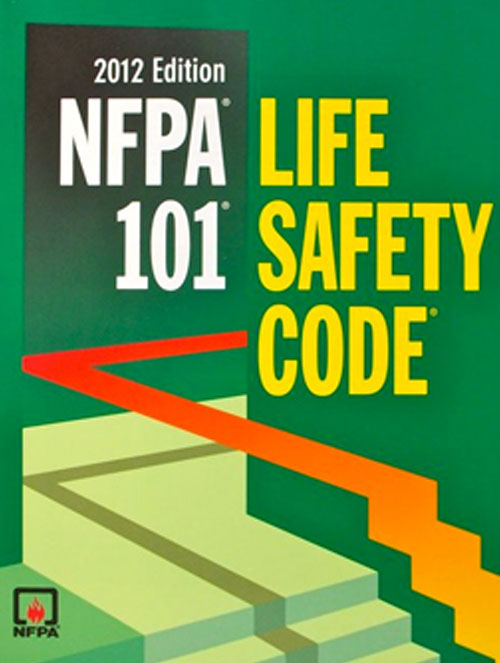Life safety compliance is crucial for healthcare accreditation. It ensures that facilities meet The Joint Commission's regulations, guaranteeing the safety of patients, staff, and visitors. Executives, administrators, managers, and safety coordinators play a vital role in achieving and maintaining this compliance, ensuring a safe environment for all....
Ensuring accessibility in life safety features is crucial for healthcare facilities. Executives, Administrators, Managers, and Safety Coordinators must prioritize compliance with TJC regulations and accreditation to guarantee that these features remain functional and accessible to all individuals....
Life safety features are crucial in ambulatory care settings to ensure the safety and well-being of patients, staff, and visitors. Adhering to the unique life safety drawing requirements is essential for compliance with TJC regulations and accreditation. Executives, administrators, managers, and safety coordinators play a vital role in achieving and maintaining...
Fire safety is a crucial aspect of healthcare facilities, and having well-developed evacuation plans is essential. In-depth knowledge about creating detailed fire safety and evacuation plans is vital for executives, administrators, managers, and safety coordinators responsible for meeting TJC regulations and maintaining life safety compliance. Stay ahead of the game by...
1. The key regulatory compliance requirements that healthcare facilities must adhere to in order to maintain TJC accreditation include compliance with standards related to environment of care, medical staff qualifications, patient rights, and infection prevention and control.
2. Healthcare facilities should conduct internal audits regularly to ensure ongoing regulatory compliance. The frequency of these audits may vary depending on the size and...
As a healthcare facility, safety inspections are crucial to ensure the well-being of patients and staff. From fire hazards to equipment malfunctions, inspections ensure a secure environment for all.







